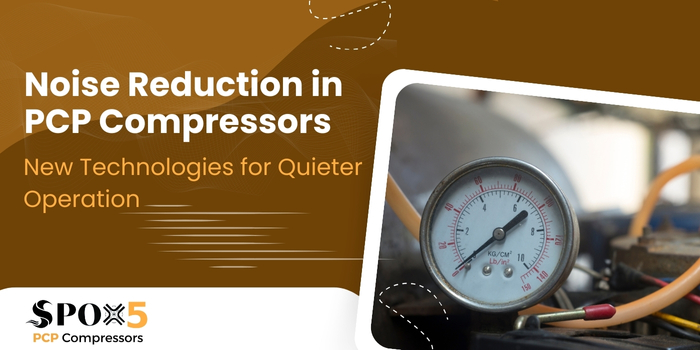The roar of a PCP compressor can be a significant drawback for many users, especially those operating in residential or noise-sensitive environments. Fortunately, advancements in compressor technology have led to innovative solutions that drastically reduce noise levels.
Understanding the Noise Problem
Before diving into solutions, it’s essential to understand the sources of noise in PCP compressors:
- Mechanical Noise: Generated by the movement of internal components like pistons, valves, and gears.
- Air Compression Noise: The process of compressing air itself creates noise.
- Heat Dissipation: Fans used to cool the compressor can generate noise.
Noise Reduction Technologies
-
Encapsulation:
- This involves enclosing the compressor in a sound-dampening enclosure.
- The enclosure is typically made of sound-absorbing materials to reduce noise transmission.
- It’s an effective method for significant noise reduction.
-
Vibration Isolation:
- Isolating the compressor from its base can significantly reduce noise transmission.
- Rubber or spring mounts can be used to absorb vibrations.
- This is particularly effective for compressors mounted on floors or walls.
-
Optimized Compressor Design:
- Manufacturers are continuously improving compressor designs to reduce noise.
- Balanced components, smoother operation, and noise-reducing materials contribute to quieter performance.
-
Advanced Sound Dampening Materials:
- Modern compressors often incorporate sound-absorbing materials in their construction.
- These materials can be used to line the compressor’s interior or exterior.
-
Fan Optimization:
- Fans are crucial for cooling but can be a noise source.
- Optimized fan blades and speed control can reduce noise without compromising cooling efficiency.
-
Noise-Canceling Technology:
- While still in its early stages for compressors, noise-canceling technology shows promise.
- By emitting sound waves opposite in phase to the compressor’s noise, it can reduce perceived noise levels.
Additional Tips for Quieter Operation
- Proper Installation: Ensure the compressor is installed on a stable, level surface to minimize vibrations.
- Regular Maintenance: Keep the compressor clean and well-maintained to prevent excessive noise caused by wear and tear.
- Placement: Position the compressor in a quiet area away from living spaces.
- Soundproofing: Consider soundproofing the room where the compressor is located.
By understanding the sources of noise and implementing these technologies and tips, you can significantly reduce the noise output of any PCP compressor and create a more peaceful environment.

